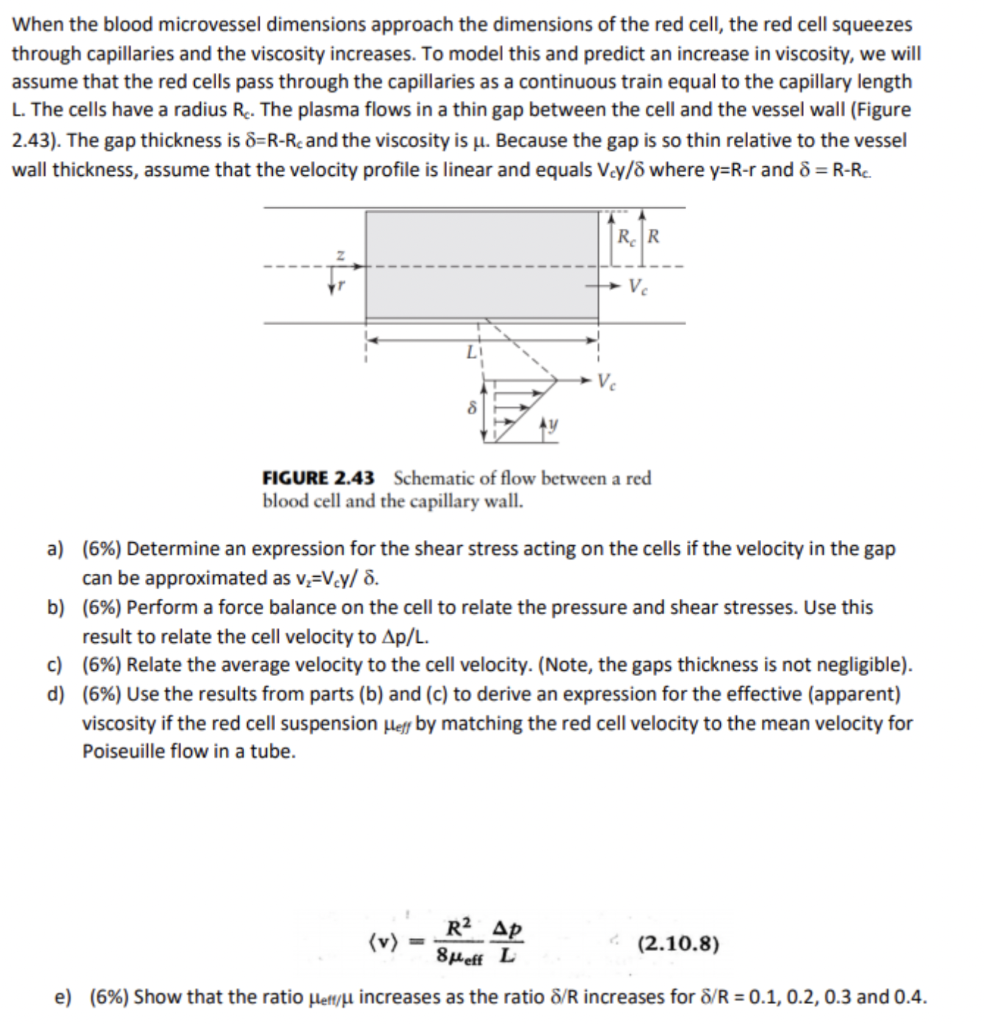Answered step by step
Verified Expert Solution
Question
1 Approved Answer
When the blood microvessel dimensions approach the dimensions of the red cell, the red cell squeezes through capillaries and the viscosity increases. To model this

Step by Step Solution
There are 3 Steps involved in it
Step: 1

Get Instant Access to Expert-Tailored Solutions
See step-by-step solutions with expert insights and AI powered tools for academic success
Step: 2

Step: 3

Ace Your Homework with AI
Get the answers you need in no time with our AI-driven, step-by-step assistance
Get Started


